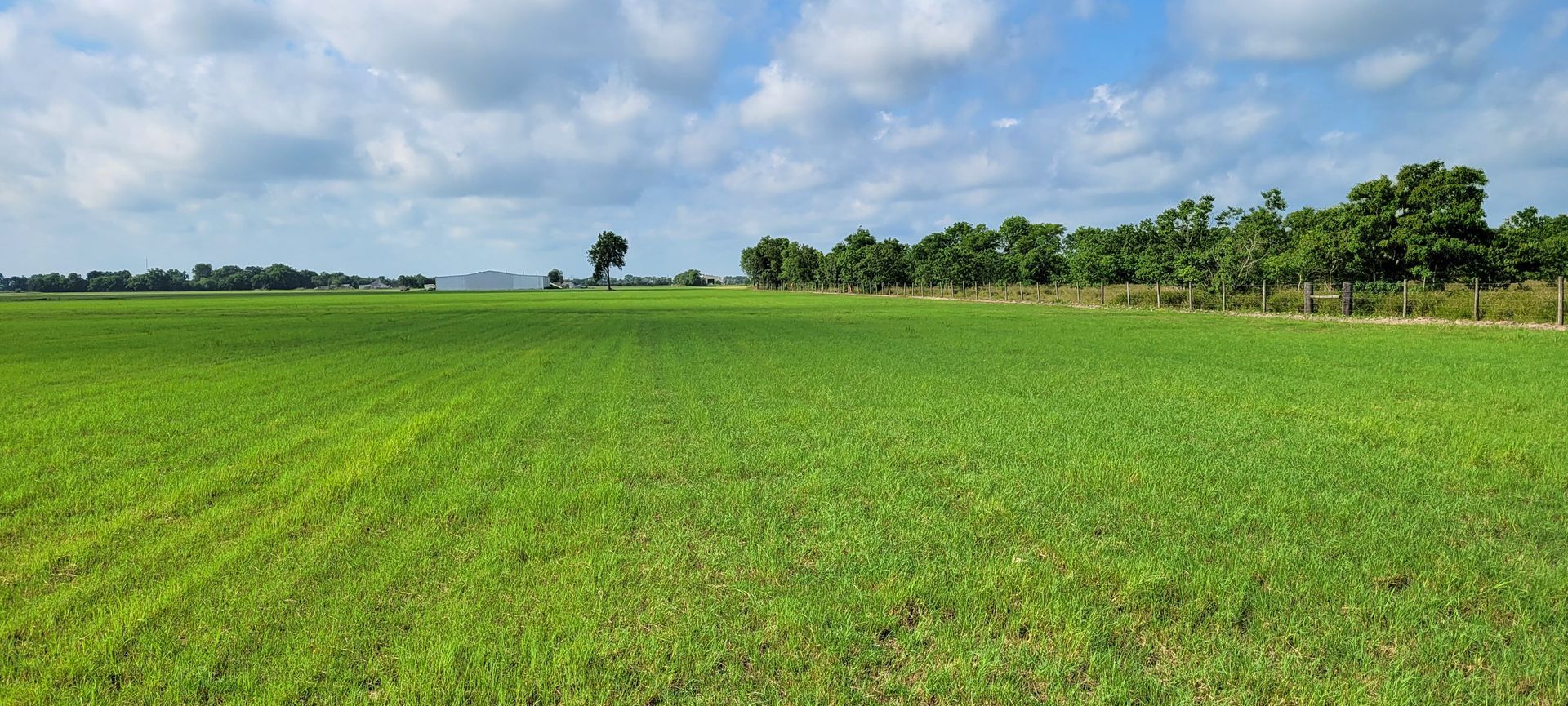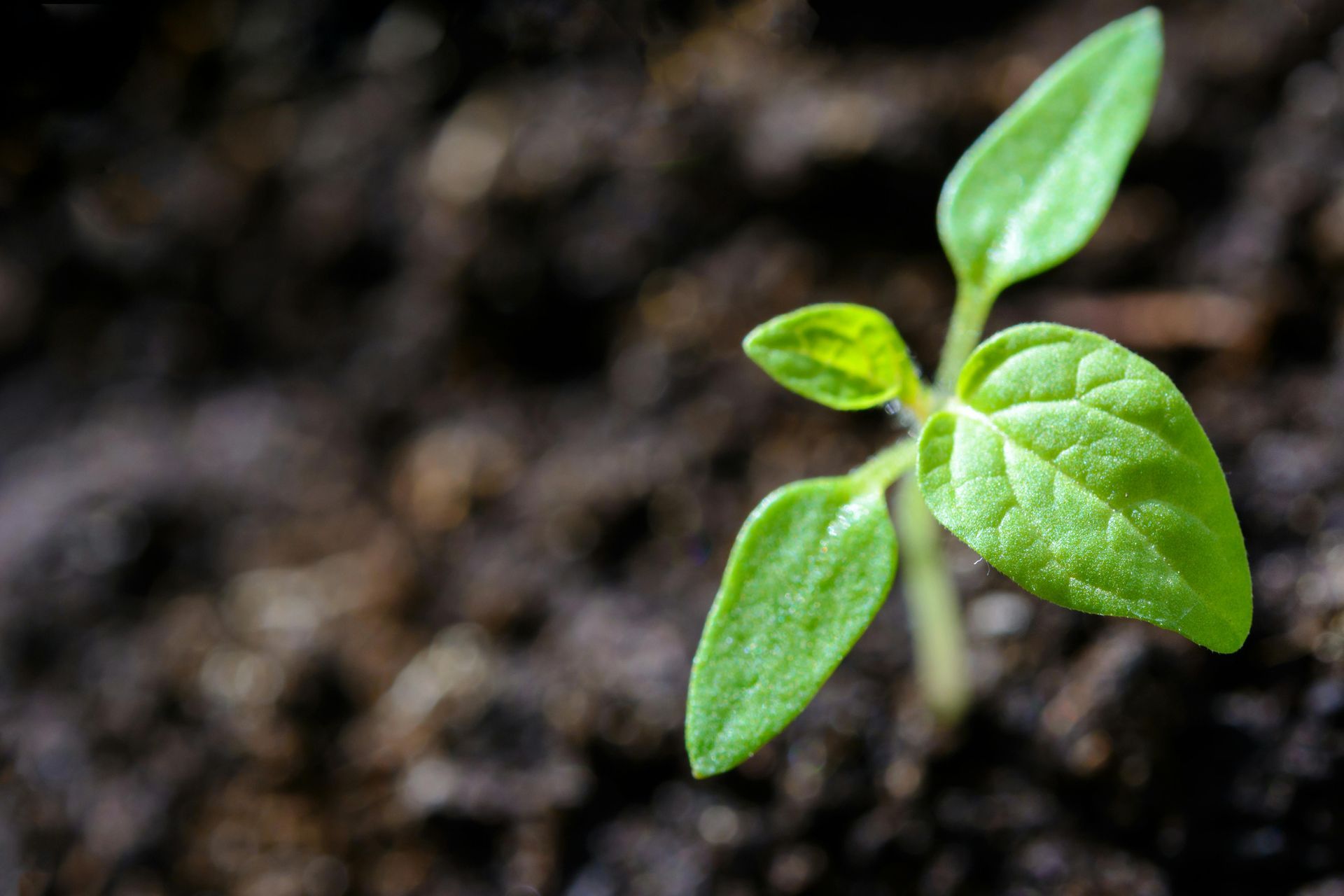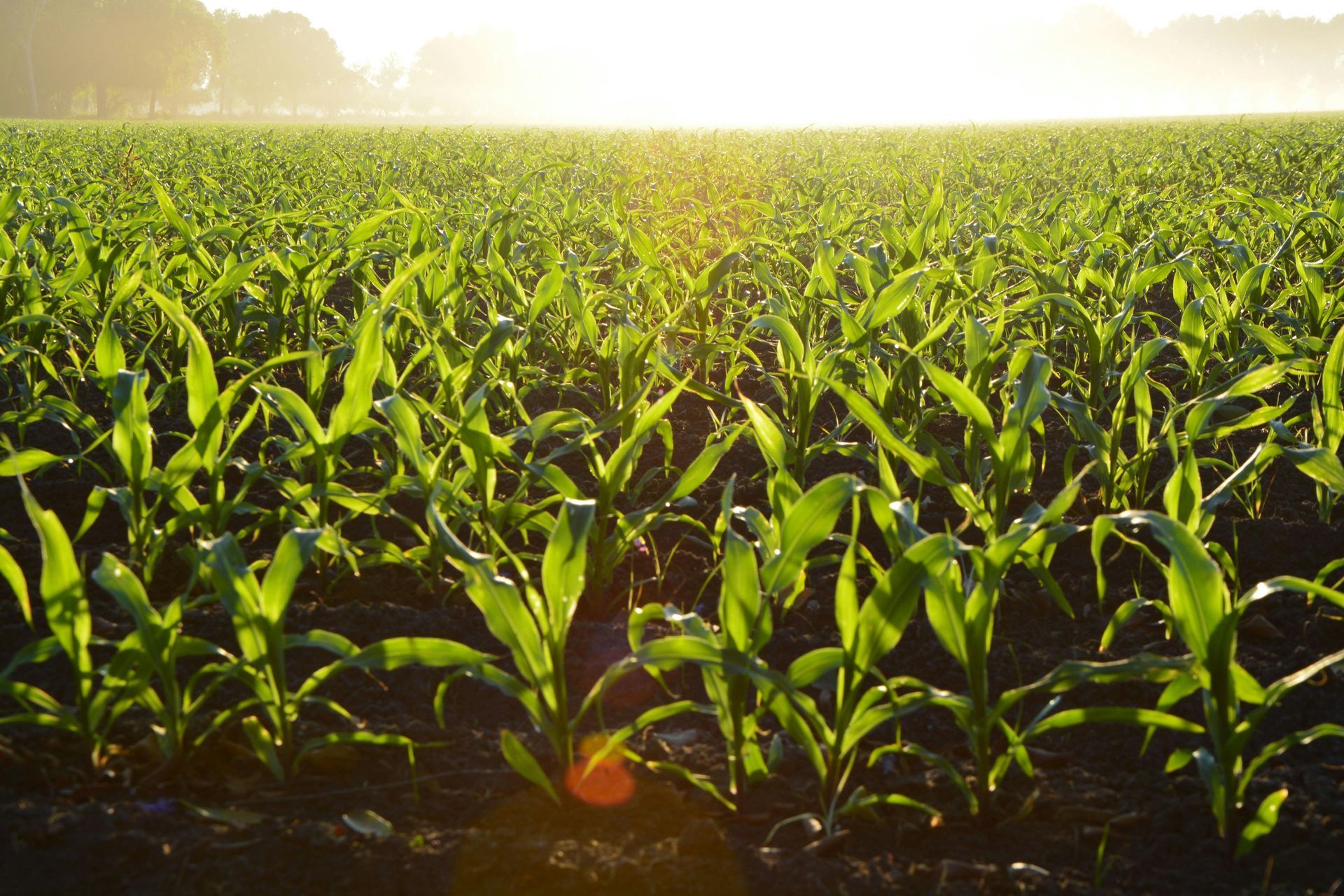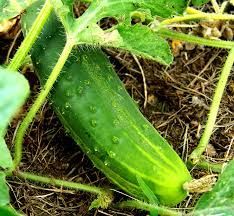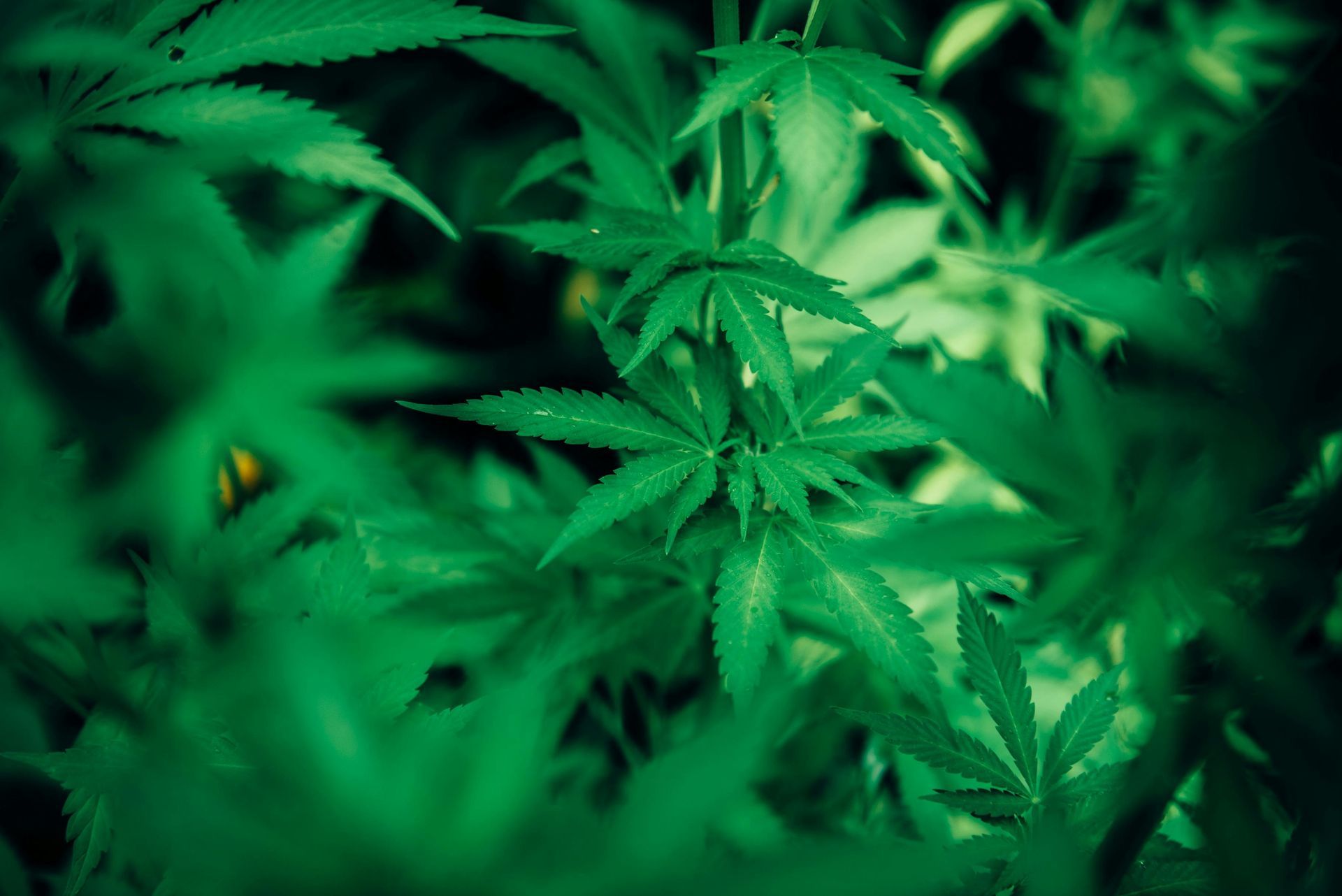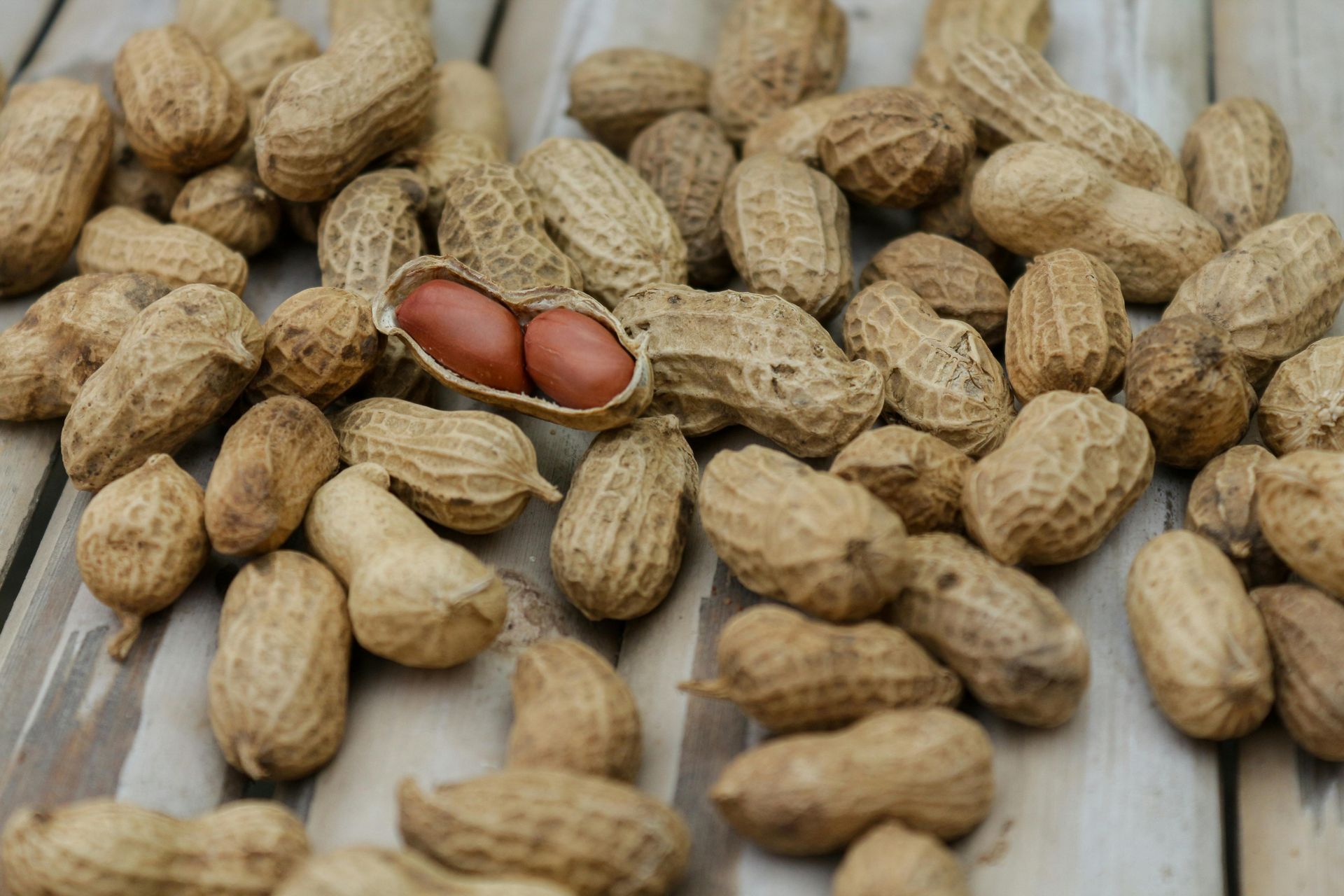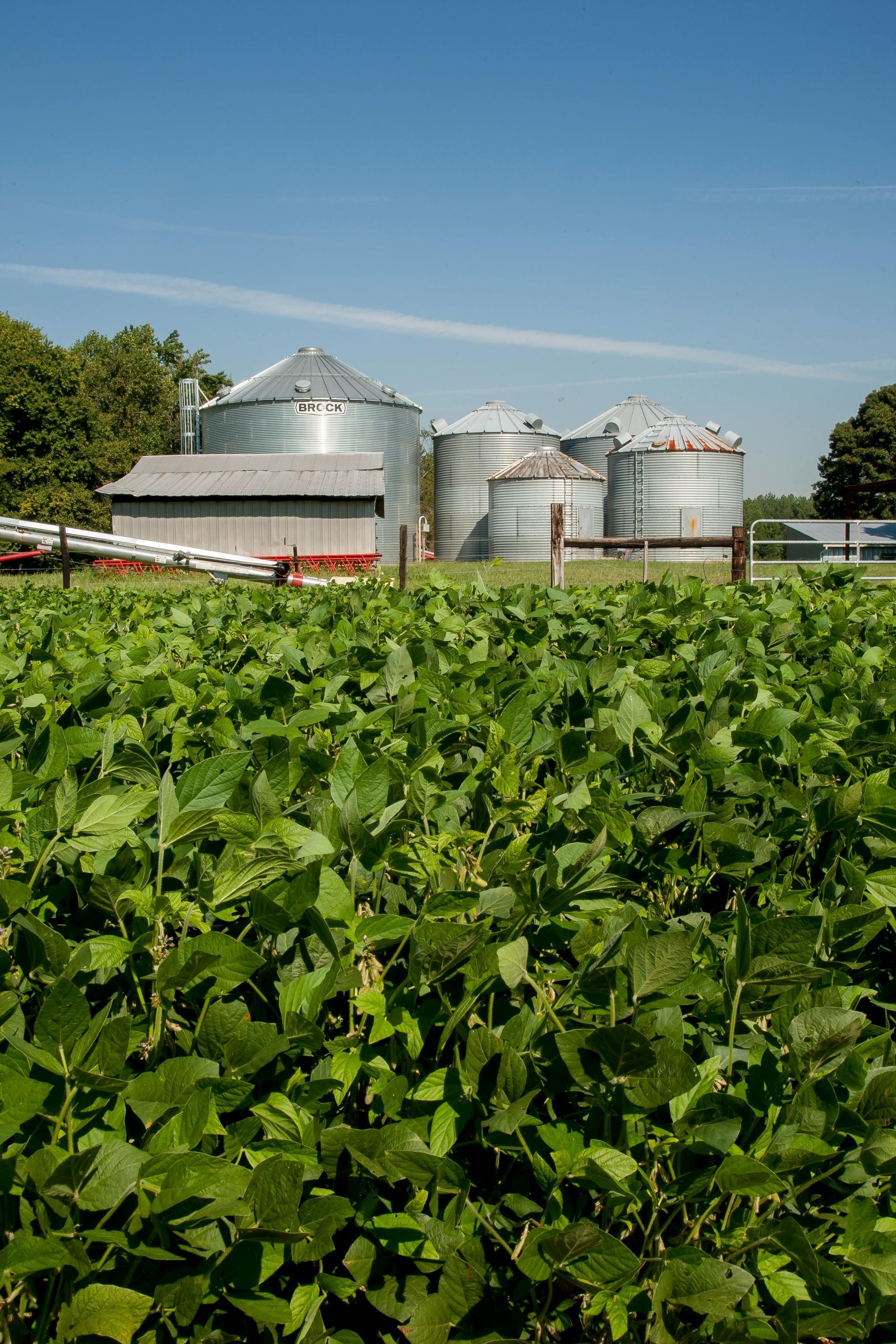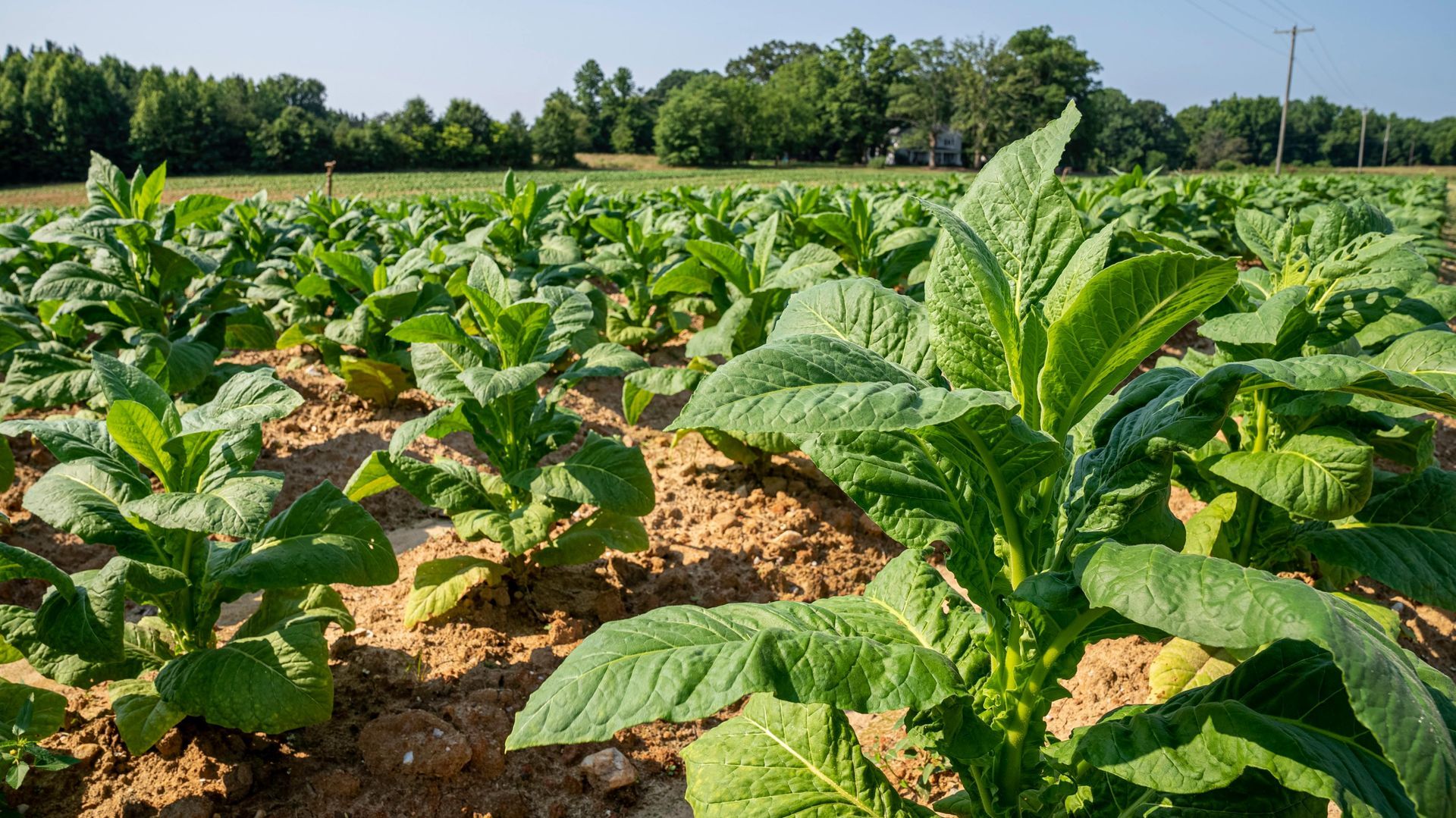What is Earthquake Liquid Humic?
To best answer this question, it helps to understand the process of humification. Humification is the natural conversion of organic matter into humic substances by microorganisms in the soil. To a certain degree, this is happening in your fields (the breakdown of organic matter) and further supports the practice of using cover crops and no-till farming. A smaller scale example of this is a compost pile (humus) that is eventually added to a garden. The decomposition of organic matter in soil is dependent on several factors, including compaction levels, moisture content of the soil, the temperature of the soil, and active soil biology.
Humic acids could be described as “ancient humus” and are the final result of the breakdown of organic materials. Most commercially available humic substances are derived from leonardite coal, which is a highly oxidized brown coal and has a high humic acid content. Humic acids are a complex of organic acids and molecular functional groups that carry a net negative charge, acting as a chelating agent in your soil, causing insoluble and unstable compounds in the soil to remain available for plant uptake. Understand that humic substances, which are often just referred to as “humic acid,” consist of both humic and fulvic acids; both different in molecular size, function, and solubility.
Humic substances have demonstrated the ability to:
• Chelate (bind) soil nutrients
• Improve nutrient uptake
• Stimulate soil biological activity
• Solubilize minerals
• Improve soil structure
• Improve water holding capacity
• Improve root development
• Enhance germination
Learn more about EARTHQUAKE Liquid Humic here.



